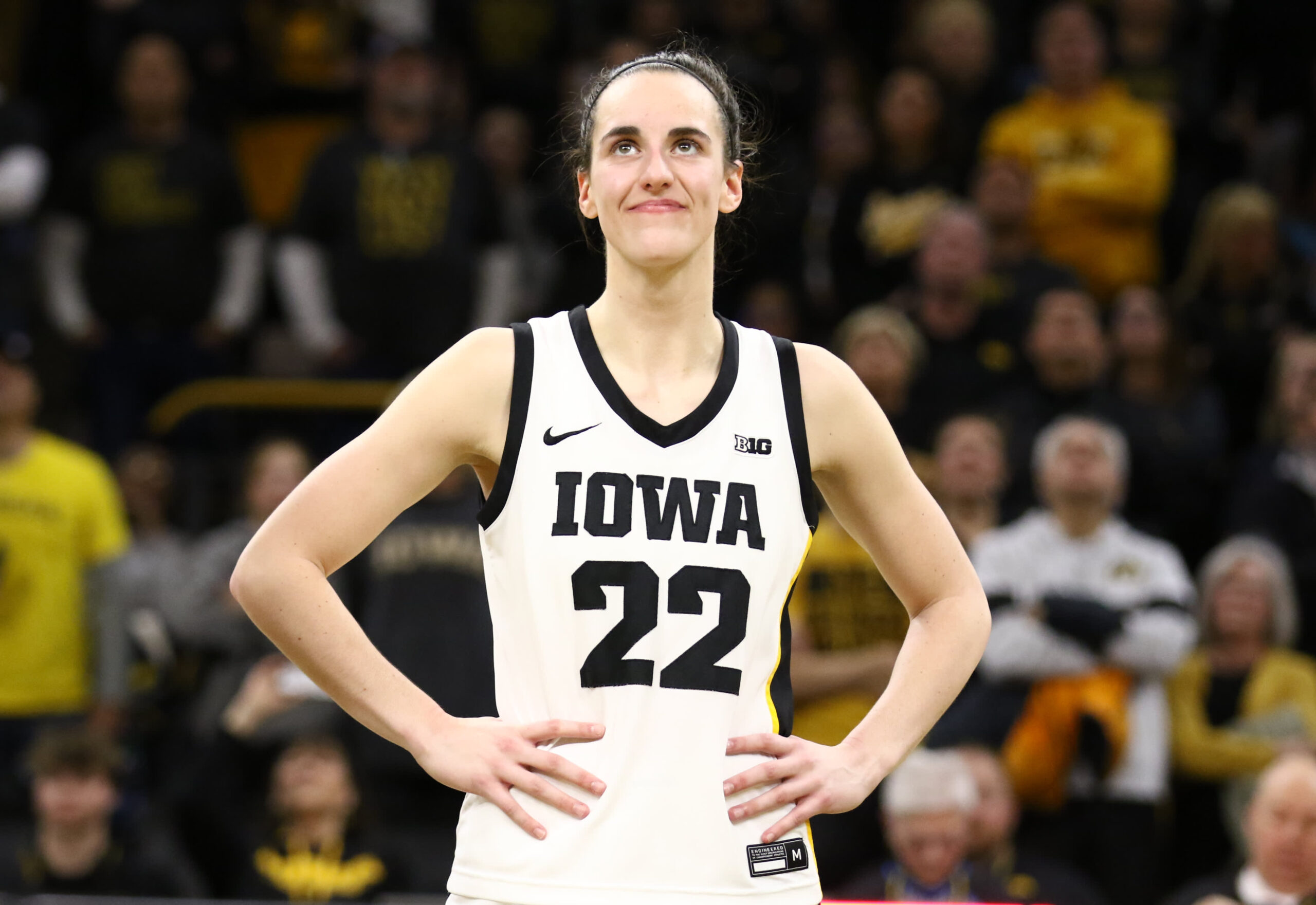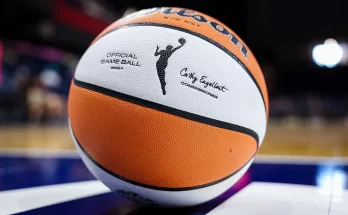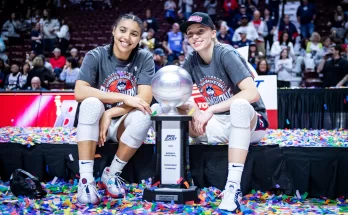In college football, winning championships has become more complex than just having a strong defense or a powerful offense. Today, financial resources are a significant factor in achieving success, particularly through name, image, and likeness (N.I.L.) deals.
These agreements allow athletes to earn money based on their personal branding, and schools in the Power Four conferences, such as Alabama, Michigan, and Washington, are investing heavily in their teams.
For example, assembling a competitive starting offense and defense can cost around $10.5 million. Notably, elite quarterbacks can command substantial earnings, often exceeding $1 million, highlighting the important role that finances play in shaping the dynamics of college football championships.
The New Era of Athlete Valuation
With the introduction of N.I.L. deals, the way college football teams recruit athletes has dramatically transformed. Athletic programs now see a surge in financial resources as collectives, which are groups of boosters, channel substantial funds toward attracting top talent.
It’s become a bidding war—schools are willing to pay high amounts for standout players. The teams that raise the most money have a better chance of winning championships. As Nick Saban pointed out, teams that can offer lucrative deals stand out in the competitive landscape.
To navigate this new market, many rely on the Black Book, which serves as a valuable resource, informing coaches and administrators about expected earnings for players and helping them make strategic decisions.
As of now, the projections suggest around $1.7 billion in N.I.L. transactions for the year, with a significant portion coming from collectives. However, the complete financial picture remains murky, as athletes aren’t required to disclose their earnings.
Given this backdrop, fan engagement has grown, paralleling interests in activities like FanDuel betting, where fans place wagers on college football games, often influenced by the star players’ performances and the financial backing each team receives.
The Black Book’s Crucial Role
The Black Book is essential for college athletic programs, particularly amid ongoing legal developments like the House v. N.C.A.A. antitrust case. This case recently concluded with a $2.8 billion settlement, pending approval from a federal judge.
If it goes through, schools can reserve about $20 million yearly starting in 2025 to compensate athletes. This proposal also includes a plan to evaluate athletes’ N.I.L. deals. Interestingly, while football leads in revenue, other sports, like women’s basketball, are rising in popularity and financial success.
For example, Caitlin Clark sold out arenas during her time at the University of Iowa, boosted TV ratings, and secured $3 million in sponsorships. It’s projected that title-contending women’s basketball teams will invest over $730,000 in their top players, with guards attracting the highest value. The N.I.L. era is not just changing sports; it’s also nurturing new entrepreneurs.
Athletes like Alex Glover, a former volleyball player, have capitalized on this trend, earning over $100,000 through sponsorships during her college career.
Financial Gains and Opportunities for Women Athletes
Just a few years ago, college basketball players had little chance of becoming millionaires or earning enough to motivate them to stay in school despite professional opportunities. This was especially true for female athletes since professional contracts were generally less rewarding and fewer leagues existed. However, the landscape has changed significantly.
Women’s basketball has emerged as a major attraction in college sports, largely due to stars like Angel Reese of LSU and Caitlin Clark from Iowa. Their name, image, and likeness (NIL) values reflect this shift, with Clark at over $3 million and Reese at $1.8 million.
Clark has established partnerships with brands such as Nike and Gatorade, while Reese has built her brand through agreements with Reebok and Sports Illustrated. Interestingly, Clark has decided to skip her last college year to enter the WNBA draft and was the No. 1 pick in the 2024 draft.
Women’s sports, in general, have seen heightened popularity, from the success of the U.S. women’s soccer team to the growth of women’s professional soccer and hockey.
This increased visibility allows female athletes to earn significant amounts of money, with rookie salaries in leagues like the WNBA potentially providing even more financial security through additional endorsement deals. Young talents such as JuJu Watkins are already making their mark, ensuring the future of women’s sports looks bright and lucrative.
Female Athletes Represent 52% of the Top 100 College Stars with N.I.L. Agreements
In the 2023/24 season, female athletes made up 52% of college athletes with the most name, image, and likeness (NIL) deals, rising from 38% the previous year. They secured 3.5 deals each on average, surpassing male athletes’ average of 2.5.
Notably, Alex Glover, a volleyball player at Southern Methodist University, led all athletes with 41 NIL deals. College basketball remains the top women’s sport for endorsements, accounting for 35% of NIL deals, reflecting the rising fame of stars like Clark and Reese.
Check out Beyond Women’s Sports for more sporting news.




